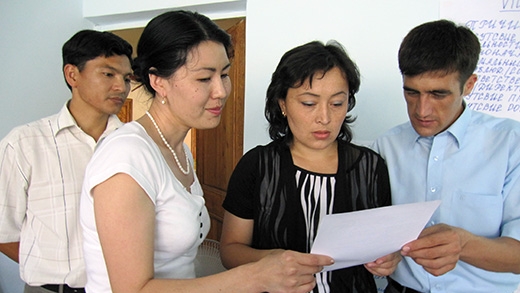Challenge
Before the reform process began, Kazakhstan’s Law on Bankruptcy was characterized by strict piecemeal liquidation—assets were frequently undervalued and sold individually. Procedures for rehabilitating distressed enterprises were rarely used. There were only 14 rehabilitation cases in 2009 (representing 0.6 percent of bankruptcies) and 43 bankrupt companies (representing 2 percent of bankruptcies). Small and medium-sized enterprises (SMEs) have been particularly vulnerable in such circumstances. In practice, the insolvency system was insufficiently protective of companies undergoing financial difficulty, despite the fact that if rehabilitated, these companies could have contributed to preserving employment and boosting economic growth in the longer term. At the same time, most creditors did not regard insolvency proceedings as an effective method of debt collection, as returns for creditors who did use the system were very low.
Solution
As insolvency legislation in Kazakhstan did not keep pace with the evolution of international best practices and the country’s desired development objectives, significant amendments were needed to ensure its effectiveness and consistency with international standards. The World Bank’s technical assistance focused on: (i) conducting a comprehensive assessment of the effectiveness of the country’s legal framework for dealing with corporate insolvency; (ii) drafting a Concept Note for an Effective Insolvency System Framework in Kazakhstan based on comparative experience and international best practices; (iii) helping the Kazakh authorities to implement an ambitious and comprehensive plan for reforming insolvency legislation; and (iv) preparing a template of the concept as a framework for the new law on personal bankruptcy.


